ROSSLYN CHAPEL DECODED
New Interpretations of a Gothic Enigma
ALAN BUTLER & JOHN RITCHIE

DEDICATION
We would like to dedicate this book to Niven Sinclair, a man who, for many years, has selflessly offered encouragement, support and invaluable assistance to those looking deeper into Rosslyn Chapel. We offer our thanks personally and on behalf of all our fellow researchers.
Alan Butler has been a professional writer for over three decades. History is his lifelong obsession, and he has travelled the world, often asking questions other historians ignore. With a start in life as an engineer, Alan is also a musician, a frequent broadcaster, a writer and director of plays for stage and radio and claims to have a curiosity the size of a planet.
John Ritchie has enjoyed an often exciting career as a much-travelled film and stills cameraman. Now based at his home in Scotland, he is a writer, a regular broadcaster, a frequent contributor to documentaries, co-owner of several world-famous web sites and, most importantly, an historical researcher. He has an unparalleled knowledge of Rosslyn Chapel that extends back to childhood.
Also by Alan Butler
The Bronze Age Computer Disc
The Warriors and the Bankers
The Templar Continuum
The Goddess, the Grail and the Lodge
City of the Goddess
How to Read Prehistoric Monuments
Intervention
with John Ritchie
Rosslyn Revealed
with Christopher Knight
Civilization One
Who Built the Moon?
The Hiram Key Revisited
Before the Pyramids
ACKNOWLEDGEMENTS
It is always difficult to thank everyone for their input. There is a wealth of people who helped us in all manner of ways, as well as those who offered discussion and advice on the subject of early religion and Rosslyn. Unfortunately, there are too many individuals to list here, but to all of them we offer our profound thanks.
However, we would never have been able to complete this book without the support of our partners and families. We wish to offer special thanks to Kate Butler and to Catriona and Hynde Ritchie. Their patience, understanding and support have been the stuff of legend.
We also wish to offer a special thanks to all the excellent guides and staff at Rosslyn Chapel for their forbearance and assistance throughout our years of research, especially Colin Glynn-Percy, Simon Beattie and the evergreen Nancy Bruce. Included in our appreciation is The Rosslyn Chapel Trust, and Lady Helen Rosslyn, whose love for the building has been the driving force behind its renaissance and the wonderful restoration that has secured its wellbeing for generations to come. Our thanks also go to the restoration team and particularly to stonemasons like Iain Bennett who shared many of their finds with us, giving us a depth of knowledge we did not previously possess.
Thanks must also go to Pat Napier, the amazing lady who always finds obscure texts, and to Dr Robert Feather for his incredible knowledge of early Egypt and Qumran which he is always willing to share; to Brenda Franey for being Brenda Franey, to Iain Grimston, Robert Brydon and Douglas Ritchie, who were always ready to give their very welcome and informed opinions, and to Mr Scott Grant for his technical knowhow.
Special thanks also go to the founders of the Saunire Society, Joy and the late John Millar, who have encouraged many authors in their pursuit of answers to the Mysteries; to the wonderful Henry Lincoln, whose ready support is always much appreciated, and to Dr Jonathan A Glenn for his incredible translations of Gilbert Hayees prose works.
We also offer our thanks and appreciation to the people of Roslin village and to the late George Campbell of the Roslin historical society.
Finally, but most sincerely, we thank Sir William Sinclair, Earl of Rosslyn, and Sir Gilbert Hayee, who left us such a wonderful treasure and the most fascinating series of historical paths to follow.
As far as the book itself is concerned, grateful thanks must go to Michael Mann at Watkins Publishing and particularly to Shelagh Boyd, our editor, who always makes what can so easily be a chore into a pleasure.
LIST OF FIGURES
LIST OF PLATES
() Courtesy of John Ritchie
( ) Courtesy of Alan Butler and John Ritchie
) Courtesy of Alan Butler and John Ritchie
() Courtesy of Alan Butler
( ) Courtesy of the Hill and Adams Collection
) Courtesy of the Hill and Adams Collection
CHAPTER ONE
The Chapel on the Glen
I n 2006, a film version of Dan Browns blockbuster bestseller The Da Vinci Code was released. The film turned out to be even more successful than the book, and for a while this proved to be an unbelievable boon to what previously may have seemed to be the least likely international tourist attraction.
Set as it is in the lovely countryside of Midlothian, Scotland, Rosslyn Chapel was certainly not unknown and was already receiving upwards of 30,000 visitors a year. But once the film crews had packed up and gone and The Da Vinci Code exploded onto cinema screens all over the world, for a while this incredible little Gothic masterpiece saw 180,000 people passing through its turnstiles per annum; on some Sunday afternoons as many as 1,000 visitors arrived at the small chapel.
If you have not yet driven down the short track from Roslin village, just 8.5 miles from Scotlands majestic capital city of Edinburgh, you have missed what many people have described as a genuinely significant moment in their lives. We have been there countless times, and when listening to those who had recently arrived, we have nearly always encountered the same reaction.
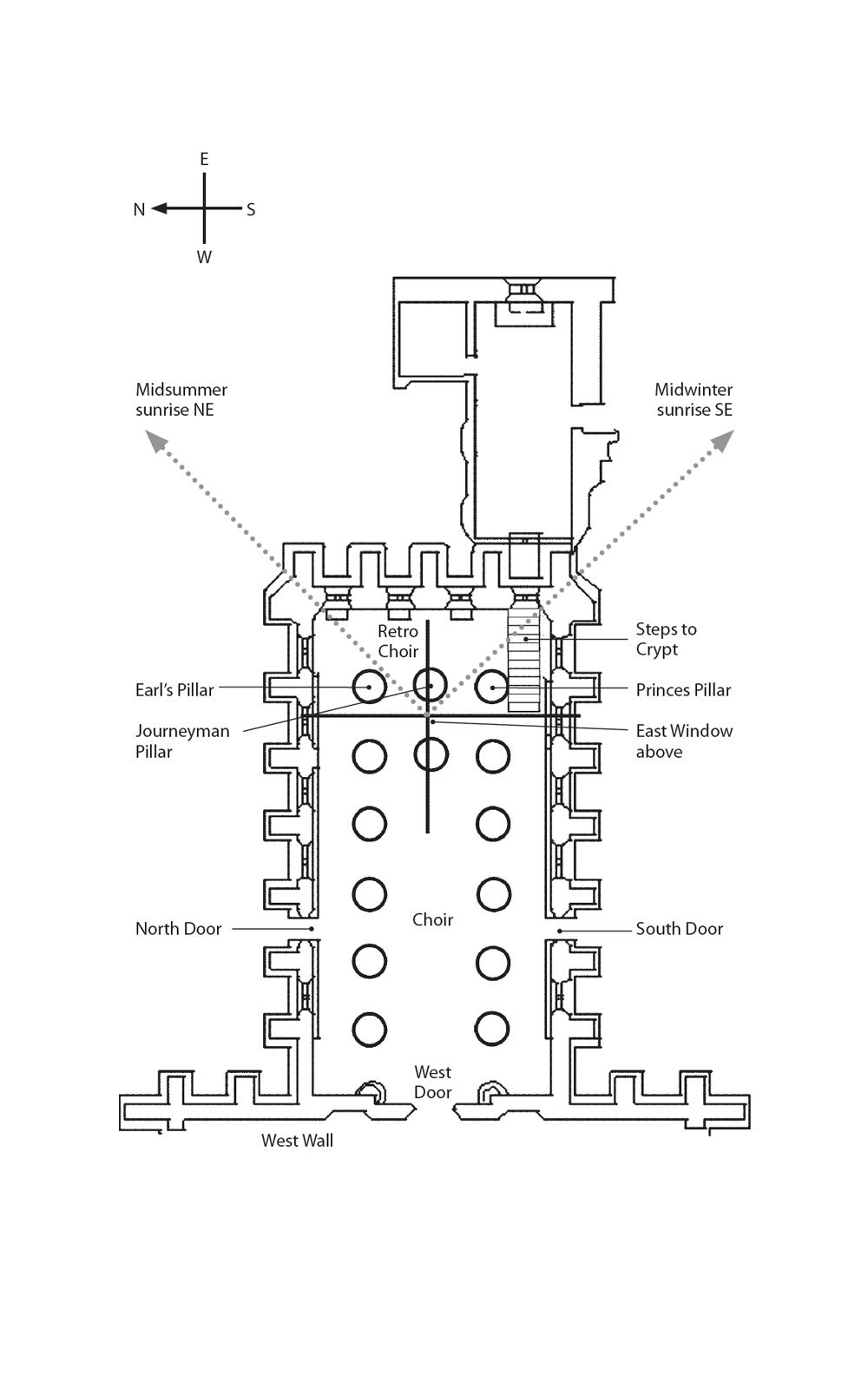
1. Ground plan of Rosslyn Chapel
Isnt it small? they say as they stand at the visitor entrance and gaze at the pinnacles and buttresses, I somehow expected something much larger!
After this, newcomers walk along the path and enter the south door, passing into the cool interior. There is almost always a short delay, whilst eyes adjust to the change in light, which is invariably followed by an exclamation in any one of a hundred or more languages that have reverberated around this old and hallowed space in recent decades.
If Rosslyn Chapel had a consciousness, it would doubtless be astonished at its change of fortunes at the end of the 20th century and the beginning of the 21st. For 300 years the building stood, broadly unappreciated and forlorn, threatening to become yet another stately ruin on the British landscape until William Wordsworth and his sister brought it to the attention of Queen Victoria and her husband Albert, who were captivated by a Scottish romanticism they had helped recreate. Their royal interest ensured that Rosslyn Chapel would be rescued and fully restored eventually.
It matters little how many times one has visited Rosslyn Chapel it never fails to inspire a sense of incredulity and wonder. Inside and out it is a confection in stone a demonstration of the master carvers art that is unrivalled anywhere in the world by more famous and much larger buildings. Here, in this comparatively remote spot, in a windswept country, clinging to the edge of Europe, someone glimpsed paradise and found the means to translate their dream into a three-dimensional portrait.

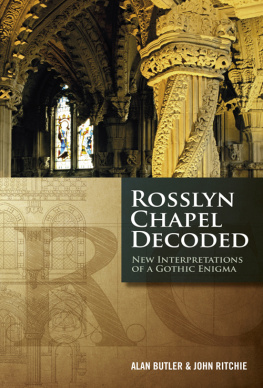
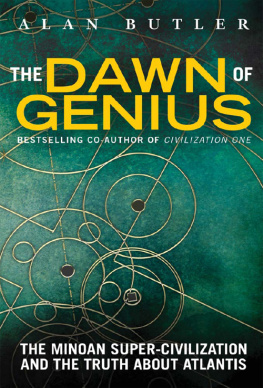

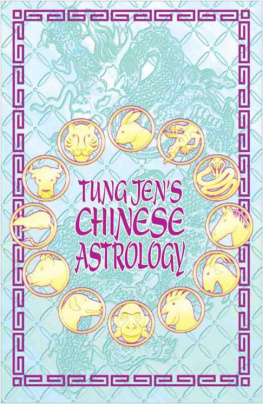

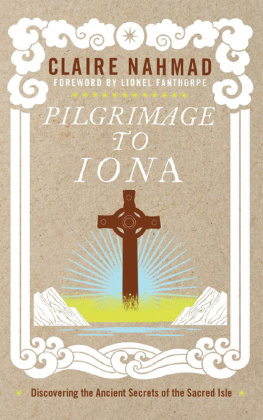
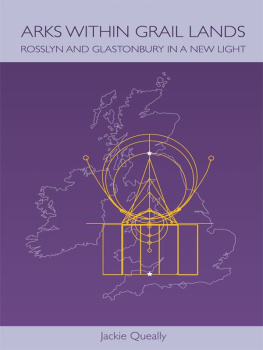
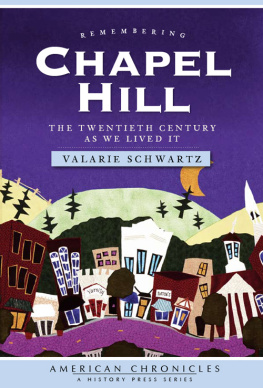
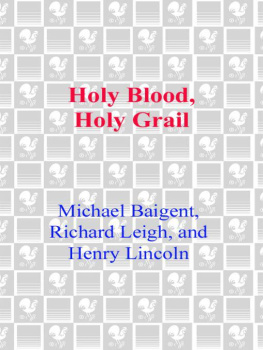
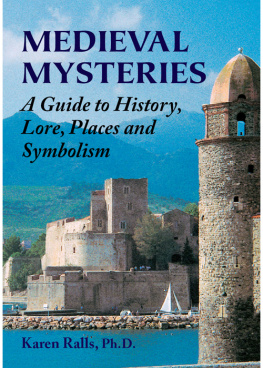
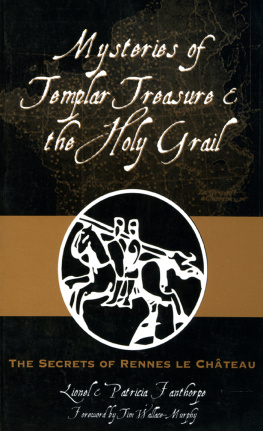


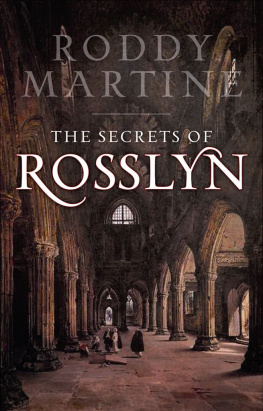


 ) Courtesy of Alan Butler and John Ritchie
) Courtesy of Alan Butler and John Ritchie ) Courtesy of the Hill and Adams Collection
) Courtesy of the Hill and Adams Collection